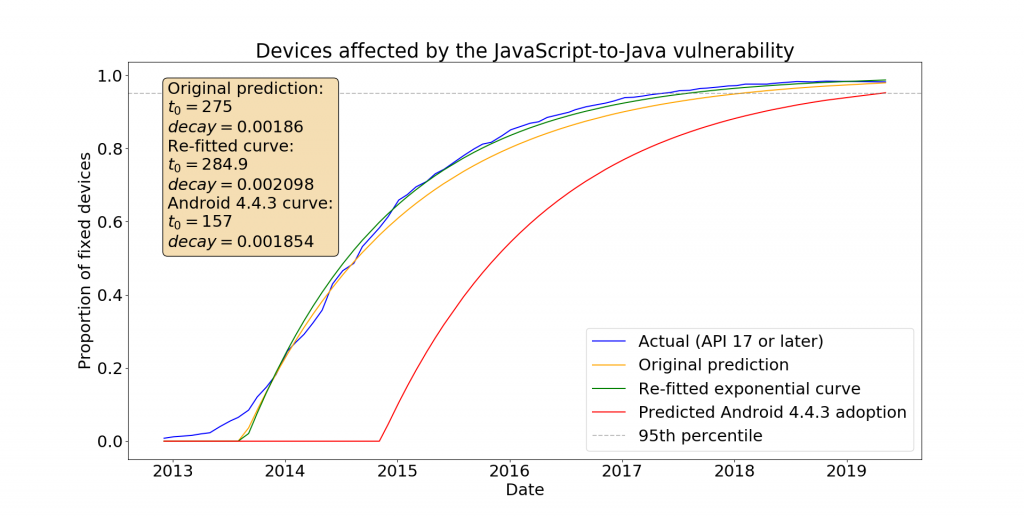PIs: Robert N. M. Watson (Cambridge), Simon W. Moore (Cambridge), Peter Sewell (Cambridge), and Peter G. Neumann (SRI)
Since 2010, SRI International and the University of Cambridge, supported by DARPA, have been developing CHERI: a capability-system extension to RISC Instruction-Set Architectures (ISAs) supporting fine-grained memory protection and scalable compartmentalization .. while retaining incremental deployability within current C and C++ software stacks. This ten-year research project has involved hardware-software-semantic co-design: FPGA prototyping, compiler development, operating-system development, and application adaptation, as well as formal modeling and proof. Extensively documented in technical reports and research papers, we have iterated on CHERI as we evaluated and improved microarchitectural overheads, performance, software compatibility, and security.
As we know, mainstream computer systems are still chronically insecure. One of the main reasons for this is that conventional hardware architectures and C/C++ language abstractions, dating back to the 1970s, provide only coarse-grained memory protection. Without memory safety, many coding errors turn into exploitable security vulnerabilities. In our ASPLOS 2019 paper on CheriABI (best paper award), we demonstrated that a complete UNIX userspace and application suite could be protected by strong memory safety with minimal source-code disruption and acceptable performance overheads. Scalable software compartmentalization offers mitigation for future unknown classes of vulnerabilities by enabling greater use of design patterns such as software sandboxing. Our An Introduction to CHERI technical report introduces our approach including the architecture, microarchitectural contributions, formal models, software protection model, and practical software adaptation. The CHERI ISA v7 specification is the authoritative reference to the architecture, including both the architecture-neutral protection model and its concrete mappings into the 64-bit MIPS and 32/64-bit RISC-V ISAs. Our Rigorous Engineering technical report describes our modelling and mechanised proof of key security properties.
Today, we are very excited to be able to talk about another long-running aspect of our DARPA-supported work: A collaboration since 2014 with engineers at Arm to create an experimental adaptation of CHERI to the ARMv8-A architecture. This widely used ISA is the foundation for the vast majority of mobile phones and tablets, including those running iOS and Android. The £170M UKRI program Digital Security by Design (DSbD) was announced in late September 2019 to explore potential applications of CHERI — with a £70M investment by UKRI, and a further £117M from industry including involvement by Arm, Microsoft, and Google. Today, UKRI and Arm announced that the Arm Morello board will become available from 2021: Morello is a prototype 7nm high-end multi-core superscalar ARMv8-A processor (based on Arm’s Neoverse N1), SoC, and board implementing experimental CHERI extensions. As part of this effort, the UK Engineering and Physical Sciences Research Council (EPSRC) has also announced a new £8M programme to fund UK academics to work with Morello. Arm will release their Morello adaptation of our CHERI Clang/LLVM toolchain, and we will release a full adaptation of our open-source CHERI reference software stack to Morello (including our CheriBSD operating system and application suite) as foundations for research and prototyping on Morello. Watch the DSbD workshop videos from Robert Watson (Cambridge), Richard Grisenthwaite (Arm), and Manuel Costa (Microsoft) on CHERI and Morello, which are linked below, for more information.
This is an incredible opportunity to validate the CHERI approach, with accompanying systems software and formal verification, through an industrial scale and industrial quality hardware design, and to broaden the research community around CHERI to explore its potential impact. You can read the announcements about Morello here:
Recordings of several talks on CHERI and Morello are now available from the ISCF Digital Security by Design Challenge Collaborators’ Workshop (26 September 2019), including:
- Robert Watson (Cambridge)’s talk on CHERI, and on our transition collaboration with Arm (video) (slides)
- Richard Grisenthwaite (Arm)’s talk on the Morello board and CHERI transition (video) (slides)
- Manuel Costa (Microsoft)’s talk on memory safety and potential opportunities arising with CHERI and Morello (video)
In addition, we are maintaining a CHERI DSbD web page with background information on CHERI, announcements regarding Morello, links to DSbD funding calls, and information regarding software artefacts, formal models, and so on. We will continue to update that page as the programme proceeds.
This has been possible through the contributions of the many members of the CHERI research team over the last ten years, including: Hesham Almatary, Jonathan Anderson, John Baldwin, Hadrien Barrel, Thomas Bauereiss, Ruslan Bukin, David Chisnall, James Clarke, Nirav Dave, Brooks Davis, Lawrence Esswood, Nathaniel W. Filardo, Khilan Gudka, Brett Gutstein, Alexandre Joannou, Robert Kovacsics, Ben Laurie, A. Theo Markettos, J. Edward Maste, Marno van der Maas, Alfredo Mazzinghi, Alan Mujumdar, Prashanth Mundkur, Steven J. Murdoch, Edward Napierala, Kyndylan Nienhuis, Robert Norton-Wright, Philip Paeps, Lucian Paul-Trifu, Alex Richardson, Michael Roe, Colin Rothwell, Peter Rugg, Hassen Saidi, Stacey Son, Domagoj Stolfa, Andrew Turner, Munraj Vadera, Jonathan Woodruff, Hongyan Xia, and Bjoern A. Zeeb.
Approved for public release; distribution is unlimited. This work was supported by the Defense Advanced Research Projects Agency (DARPA) and the Air Force Research Laboratory (AFRL), under contract FA8750-10-C-0237 (CTSRD), with additional support from FA8750-11-C-0249 (MRC2), HR0011-18-C-0016 (ECATS), and FA8650-18-C-7809 (CIFV) as part of the DARPA CRASH, MRC, and SSITH research programs. The views, opinions, and/or findings contained in this report are those of the authors and should not be interpreted as representing the official views or policies of the Department of Defense or the U.S. Government. We also acknowledge the EPSRC REMS Programme Grant (EP/K008528/1), the ERC ELVER Advanced Grant (789108), the Isaac Newton Trust, the UK Higher Education Innovation Fund (HEIF), Thales E-Security, Microsoft Research Cambridge, Arm Limited, Google, Google DeepMind, HP Enterprise, and the Gates Cambridge Trust.

